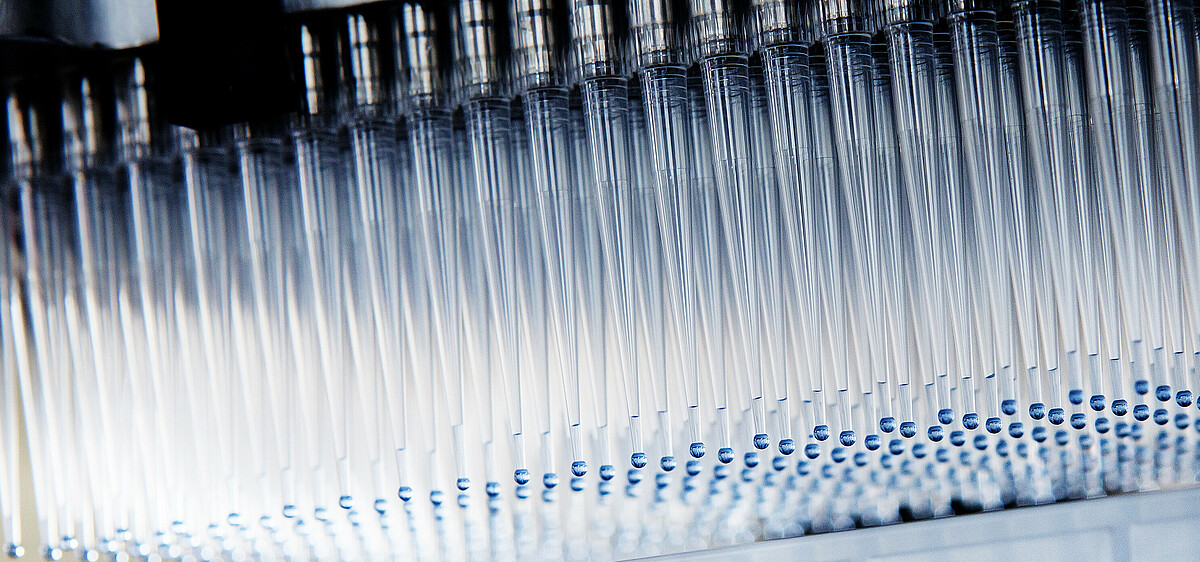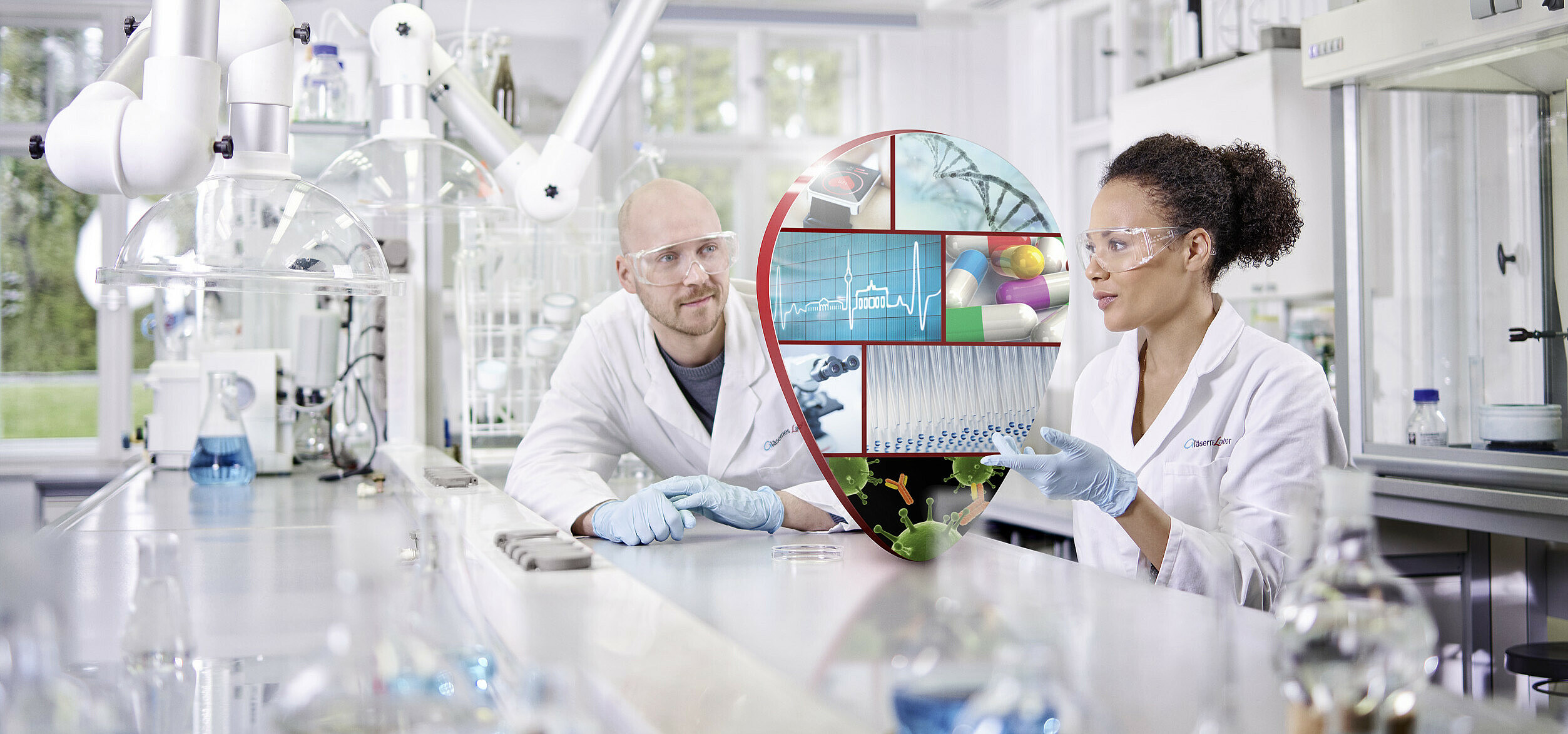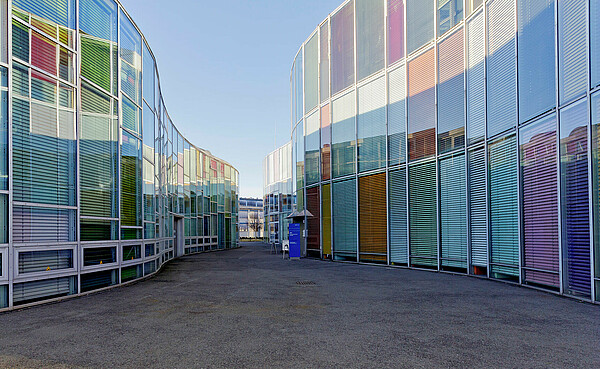Biotech Capital
The world is coming to visit
Every day, Germany’s capital Berlin is visited by tourists from all over the world. In fact, more than 12 million people visited last year alone. But among those coming to visit the city are also many researchers and scientists, who gather to exchange information and share their findings. Berlin is very popular for large conferences and conventions. The city is a biotech and science hub and attracts large pharmaceutical companies as well as innovative start-ups.
About 7.7 million of the over 33 million overnight stays in 2016 could be attributed to the conference and convention sector. At round about 15 per cent, science and research events make up the largest share of conferences and conventions held at the city. Berlin’s modern and, by international standards, quite affordable hotels have a capacity of 140,000 beds in total and therefore can meet all the necessary demands. In short, Berlin has the right infrastructure to host large-scale events like the annual World Health Summit, the international strategy forum for healthcare policies. In November 2017, the BIO-Europe is also held in Berlin.
But what might make the city additionally attractive is that Berlin itself is a science hub, a centre for research in medicine and bioscience. With its 350,000 employees, the health sector today has become one of the most vital industries in the Berlin-Brandenburg area – one that is constantly growing. Currently there are almost 600 life science businesses operating in the capital: 240 of them are in the biotech sector and about 300 work in medical technology. Above that, 30 pharmaceutical companies operate from Berlin, among them international corporations like Bayer, Pfizer, Sanofi and Takeda.
Medical and pharmaceutical innovations
“Berlin is an innovative, open and international city. The last aspect is particularly important to us, as it helps us to recruit the best talents. The business enterprise sector taking root here is simply overwhelming. Young people are happy to come to Berlin because it’s here that they find kindred spirits, because life is good and the city is historically important,” Clemens Kaiser, chief executive officer (CEO) at Sanofi-Aventis Deutschland GmbH, recently said in an interview with www.healthcapital.de. “We support the scientific community and are involved in many different conferences to make Berlin an attractive city of science.” This also includes innovative research projects with the well-known Berlin Charité hospital, investigating current medical problems like strokes and diabetes.

The Charité is one of the largest university hospitals in Europe and speaks of the long history the city has in researching and solving medical problems. The hospital has its original roots in the early 18th century when the Prussian king Friedrich I ordered the establishment of hospitals outside the city’s borders to prepare for contagious infections. In the 19th century, while still independent from the university, the hospital had a practical approach in educating new doctors. Today more than 4,500 physicians and scientists carry out research, teach and treat patients here at the cutting edge of international medicine. The university hospital procures more third-party funding than any other medical training facility in Germany.
With its open atmosphere and international feel, Berlin offers ideal conditions for project-related co-operations between basic researchers, technology developers and clinical researchers. What also helps are the short distances between research facilities and the good public transport network, which means other research facilities are never far away and always easy to reach. In short, Berlin is an excellent location for research in biotech, life sciences and medicine.

An innovation hub that attracts young start-ups
Next to the well-known Charité hospital, the region is home to 41 renowned scientific institutions: The Robert Koch Institute, the Max Delbrück Center (MDC) for Molecular Medicine, the Deutsches Herzzentrum Berlin (DHZB) and various Fraunhofer, Helmholtz, Leibniz and Max Planck Institutes. Scientists from the Charité and the Max Delbrück Center (MDC) for Molecular Medicine have been carrying out joint research at the Berlin Institute of Health (BIH) since 2013. The BIH is a scientific institution for translational research and systems medicine, a unique structure in Germany’s biomedical research landscape.
But next to all these established research institutions and companies, Berlin also attracts various young start-ups launched by talented young researchers. An example for that is Cellbricks, a company that focuses on 3D bioprinting, an innovative and key technology where cell structures are 3D-printed to simulate human tissues and organs. One intention is to make animal-based drug testing obsolete by using artificial tissue, but also to revolutionise today’s medical treatments.
To again show how important life sciences are for the German capital: One in eight Berlin citizens is employed in the healthcare sector. Colleges and universities in Berlin are offering 208 training programmes in health-related subjects alone. Additionally, the political decision makers and relevant federal government institutions are just around the corner, as are patient organisations and health insurers.
More information: www.healthcapital.de
Text by JESSICA HOLZHAUSEN
This article was originally published in the inflight magazine “Discover Germany, Switzerland and Austria” www.discovergermany.com | www.scangroup.co.uk






